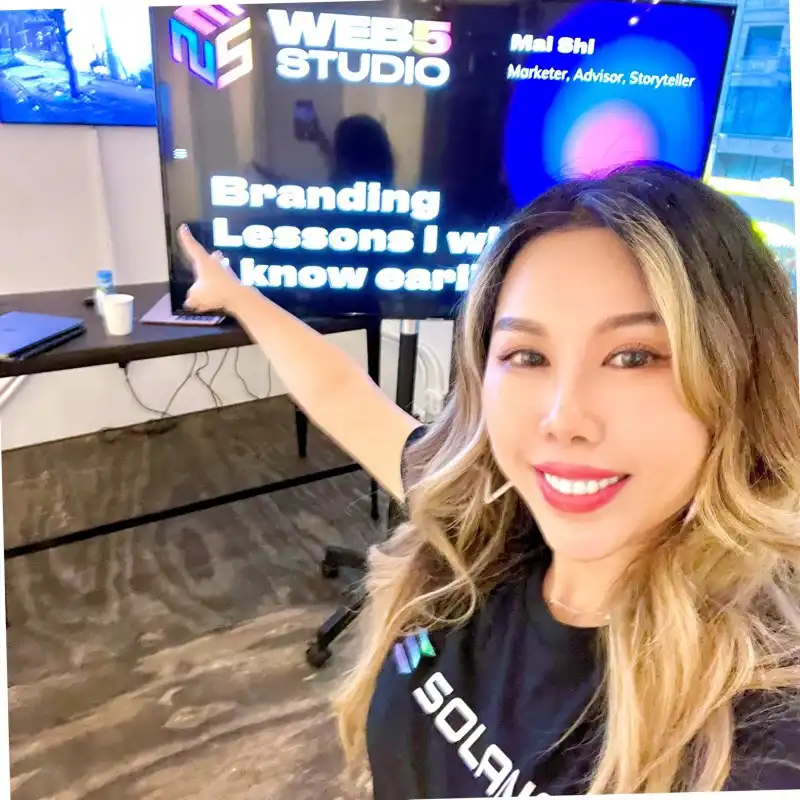What is FOMO?
Fear of Missing Out (FOMO) is a psychological phenomenon that has gained significant traction in the digital age. Characterized by the anxiety that an exciting or interesting event may currently be happening elsewhere, FOMO is frequently discussed in the context of social media and consumer behavior. This feeling can influence decision-making and spending habits, as individuals often strive to stay connected and involved with the latest trends, events, and experiences. Marketers have harnessed FOMO as a powerful tool to drive consumer engagement and spur immediate action, leveraging it through strategies such as limited-time offers, social proof, or exclusive access to products and content.
Key Takeaways
- FOMO is rooted in the fear of missing an exciting or interesting experience, typically exacerbated by the prevalence of social media.
- This psychological trigger is often utilized by marketers to create urgency and encourage consumer engagement.
- FOMO can impact consumer behavior significantly, leading to impulsive purchasing decisions and heightened brand interaction.
- The phenomenon is not restricted to consumers; professionals might also experience FOMO related to networking opportunities and career advancements.
The Role of FOMO in Marketing Strategies
Incorporating FOMO into marketing strategies can effectively increase conversion rates and boost sales. By creating scarcity and exclusivity—such as limited-time discounts or exclusive access to newly launched products—brands leverage FOMO to propel consumers into taking swift actions. Social proof, another potent marketing tool, stimulates FOMO by showcasing what others are enjoying, thereby encouraging a wider audience to engage similarly. Marketers can also compound this effect using real-time updates or live streaming experiences to amplify the urgency and facilitate instant consumer participation.
FOMO’s Impact on Design and User Experience
Design practices can also harness FOMO by incorporating elements that trigger urgency or highlight exclusivity. This may include countdown timers on websites, notification pop-ups about recent purchases, or banners highlighting low stock levels, thus enhancing the user experience while urging faster decision-making. Thoughtful and strategic design plays a crucial role in creating an environment where potential customers feel an immediate need to act, deepening their engagement with the brand.
FOMO in the Context of Online Communities
Online communities, particularly those involving niche interests or subscription models, thrive by capitalizing on FOMO. By fostering a sense of community and connection, platforms can encourage participation by reminding users of what they stand to miss if they are not engaged. Highlights of user testimonials, showcases of community-driven initiatives, or early access to events and content can motivate followers to remain actively involved.
The Bottom Line
FOMO remains a crucial concept in understanding consumer psychology and crafting effective marketing and design strategies. Its ability to drive urgency and prompt actions makes it an indispensable tool across industries—whether encouraging purchases or fostering community engagement. For marketers and designers, awareness of FOMO is not merely about enticing consumers but about crafting experiences that resonate emotionally and substantiate brand value, ensuring both heightened engagement and sustained brand loyalty. Understanding and leveraging FOMO can lead to substantial benefits, whether you're aiming to maximize conversions or create compelling user experiences.
















